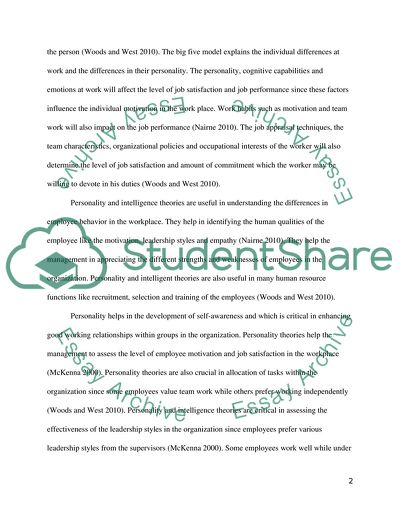Cite this document
(Importance of Individual Differences in Understanding Behaviour at Essay, n.d.)
Importance of Individual Differences in Understanding Behaviour at Essay. Retrieved from https://studentshare.org/psychology/1766112-business-psychology-with-reference-to-theories-and-models-from-the-psychology-and-work-module-and-to-your-experiences-of-work-critically-examine-the-importance-of-individual-differences-in-understanding-behaviour-at-work
Importance of Individual Differences in Understanding Behaviour at Essay. Retrieved from https://studentshare.org/psychology/1766112-business-psychology-with-reference-to-theories-and-models-from-the-psychology-and-work-module-and-to-your-experiences-of-work-critically-examine-the-importance-of-individual-differences-in-understanding-behaviour-at-work
(Importance of Individual Differences in Understanding Behaviour at Essay)
Importance of Individual Differences in Understanding Behaviour at Essay. https://studentshare.org/psychology/1766112-business-psychology-with-reference-to-theories-and-models-from-the-psychology-and-work-module-and-to-your-experiences-of-work-critically-examine-the-importance-of-individual-differences-in-understanding-behaviour-at-work.
Importance of Individual Differences in Understanding Behaviour at Essay. https://studentshare.org/psychology/1766112-business-psychology-with-reference-to-theories-and-models-from-the-psychology-and-work-module-and-to-your-experiences-of-work-critically-examine-the-importance-of-individual-differences-in-understanding-behaviour-at-work.
“Importance of Individual Differences in Understanding Behaviour at Essay”, n.d. https://studentshare.org/psychology/1766112-business-psychology-with-reference-to-theories-and-models-from-the-psychology-and-work-module-and-to-your-experiences-of-work-critically-examine-the-importance-of-individual-differences-in-understanding-behaviour-at-work.


